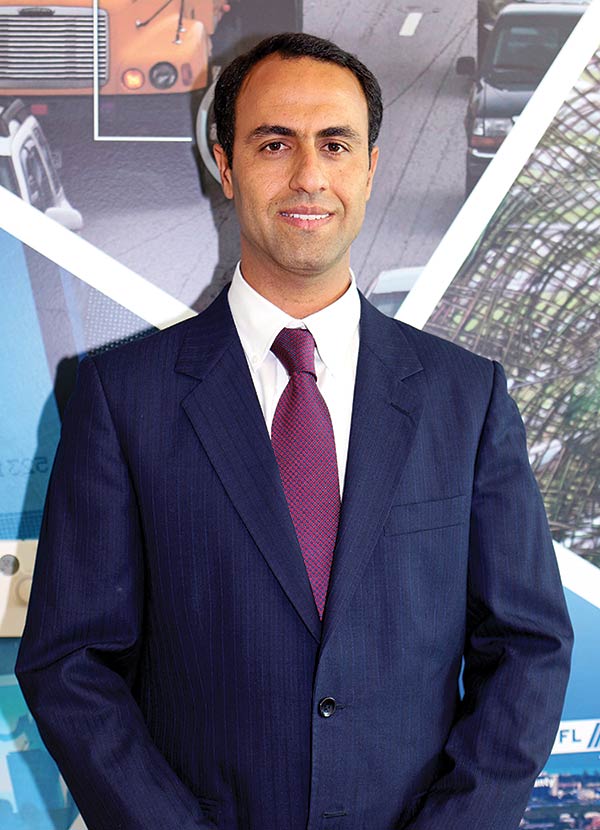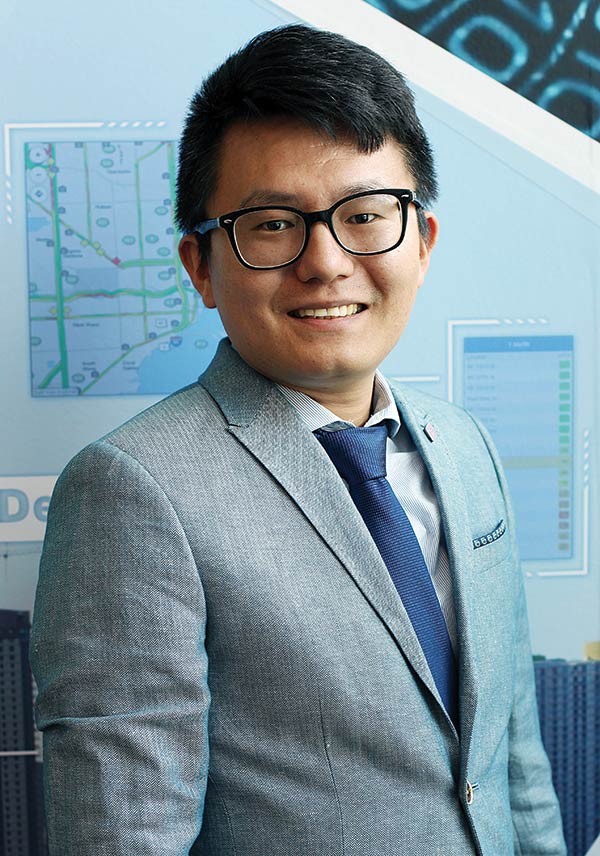Sensing Success
Sensing and smart systems are a key priority designated to boost the university’s sponsored research projects — and these new hires are highly regarded researchers in computing, communication and sensing technology, according to I-SENSE director Jason Hallstrom, Ph.D.
“All three joined us recently and all are currently funded through external awards,” he said. “That level of success for new hires is uncommon. They've been extremely active in pushing their research programs forward and active in adopting the spirit of the strategic plan.”
Reza Azarderakhsh, Ph.D.

Azarderakhsh has a computer engineering and mathematics background, both key components when dealing with his area of expertise, cryptography, the science of ensuring data security through mathematic code. Think bank information, health records, cell phone and online conversations. With the dawn of quantum computers, which can solve mathematical equations much more quickly than current systems, Azarderakhsh, a cryptographic engineer, designs complex algorithms that hackers cannot infiltrate.
“Online transactions and data are not secure,” he said. “Every single connected device is the target of an attack. The National Institute of Standards and Technology is planning to set standards for the security of data.”Azarderakhsh joined I-SENSE from the Rochester Institute of Technology, where he was an assistant professor and the founding director of the Applied Cryptography and Information Security Lab. He’s now an assistant professor in the Department of Computer and Electrical Engineering and Computer Science (CEECS).
Behnaz Ghoraani, Ph.D.

Ghoraani’s area of interest lies in understanding human physiology by analyzing information transmitted from the human body.
She completed her Ph.D. and post-doctoral work in Canada before becoming an assistant professor in the Department of Biomedical Engineering at Rochester Institute of Technology, where she founded and directed the Biomedical Signal and Image Analysis Lab.
She’s an expert in digital signal processing and techniques and is applying that knowledge to healthcare. With deep understanding of atrial fibrillation — an irregularity in the heartbeat — Ghoraani has worked with cardiac specialists to develop new techniques for guiding a catheter in the heart during ablation procedures and predicting and understanding infant seizures.
Her research on Parkinson’s disease involves using sensors connected to a patient’s body to develop an algorithm to predict adequate dosing of medication.
Ghoraani, an assistant professor in CEECS, is beginning research on wearable sensors to measure motor cognitive performance as a biomarker for neurocognitive disorders, such as Alzheimer’s disease.
Yufei Tang, Ph.D.

After completing his doctorate in electrical engineering at the University of Rhode Island, Tang brought his expertise in ensuring the reliability of power systems, smart grids, computational intelligence and cyber-physical systems to the institute.
Historically, power plants use coal and water to generate power. But smart grids use renewable energy, such as wind power. Tang was part of a team that developed the first off-shore wind farm in the country, which provides power to a regional power grid in Rhode Island.
An assistant professor in CEECS, Tang is collaborating with FAU’s Southeast National Marine Renewable Energy Center and the Department of Civil, Environmental and Geomatics Engineering.
He’s also working with a University of South Florida researcher on proactive defense against cyber-physical smart grid attacks.
Tang completed his undergraduate and graduate studies in his native China before coming to the United States to earn his Ph.D.
If you would like more information, please contact us at dorcommunications@fau.edu.
